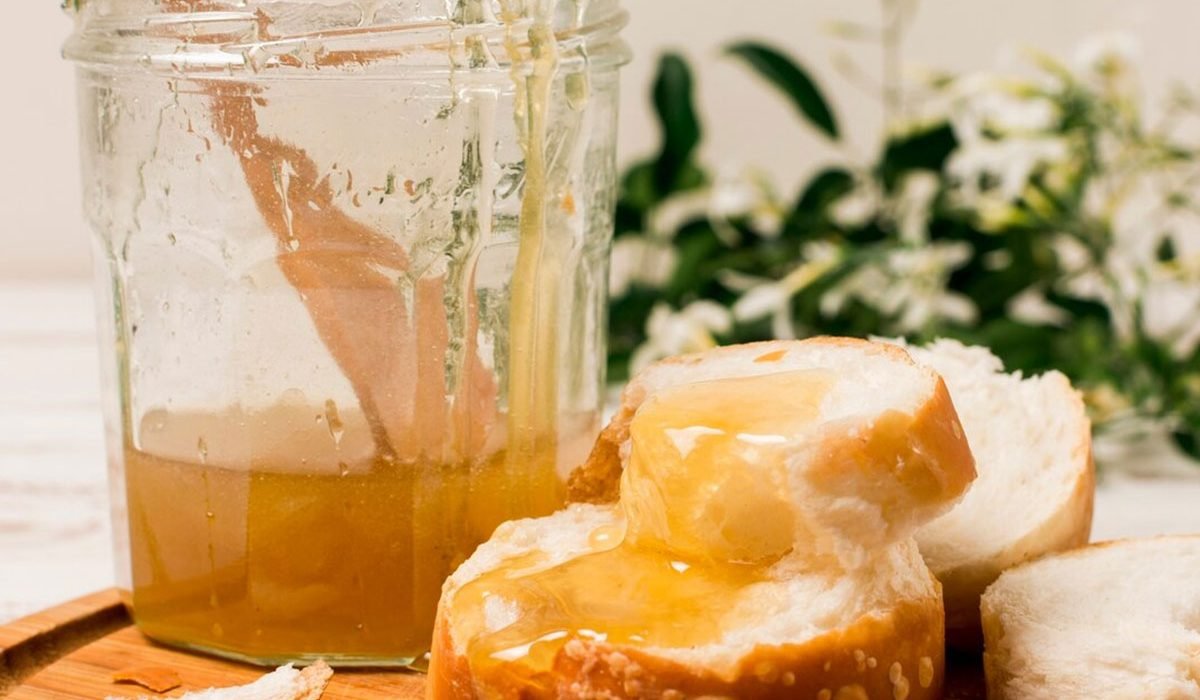Crystallization of Honey: Causes and Solutions
Honey, a natural and cherished sweetener, is often admired for its long shelf life and health benefits. However, one characteristic of honey that occasionally puzzles consumers is its tendency to crystallize over time. This natural process often leads to misconceptions about honey’s quality. Let’s delve into why crystallization occurs and how it can be addressed.
Why Does Honey Crystallize?
Honey is a supersaturated solution, primarily made of natural sugars such as glucose and fructose dissolved in water. Crystallization occurs when the glucose in honey separates from the water and forms crystals. Several factors influence this process:
1. Composition of Honey
The ratio of glucose to fructose varies across honey types. Honey with a higher glucose content, such as clover honey, tends to crystallize more quickly.
2. Temperature
Cold temperatures (below 10°C or 50°F) accelerate crystallization, which is why honey stored in cool environments solidifies faster.
3. Purity and Fine Particles
Pure honey, especially if unprocessed, may contain pollen or other fine particles that act as nucleation points, prompting crystal formation.
4. Moisture Content
Low water content can also increase the likelihood of crystallization.
Is Crystallized Honey Safe?
Yes, crystallized honey is entirely safe to consume. The process does not indicate spoilage or contamination; it is a natural phenomenon that can even retain the honey’s flavor and nutritional benefits.
How to Solve Crystallization
If you prefer liquid honey, there are simple and effective ways to reverse crystallization:
1. Warm Water Bath
- Place the honey jar (glass is preferable) in a pot of warm water.
- Stir occasionally to distribute the heat evenly.
- Avoid overheating (above 40°C or 104°F) to preserve honey’s natural enzymes and nutrients.
2. Preventive Measures
- Store honey in a warm, dry place, away from direct sunlight.
- Use airtight containers to prevent absorption of moisture, which can speed up crystallization.
3. Use Honey As-Is
Crystallized honey is easier to spread on bread and can still be used in tea, baking, or cooking without any alteration.
Embracing the Beauty of Crystallized Honey
For some enthusiasts, crystallized honey is a delight. Its grainy texture and spreadable consistency are perfect for certain culinary applications. Moreover, choosing raw or minimally processed honey often means accepting crystallization as a mark of authenticity.
Crystallization of honey is a natural, harmless process that reflects its purity and quality. By understanding the science behind it, you can easily manage this transformation or even embrace it for its unique charm. Let honey’s versatility and sweetness continue to enhance your life in its liquid or crystallized form!



